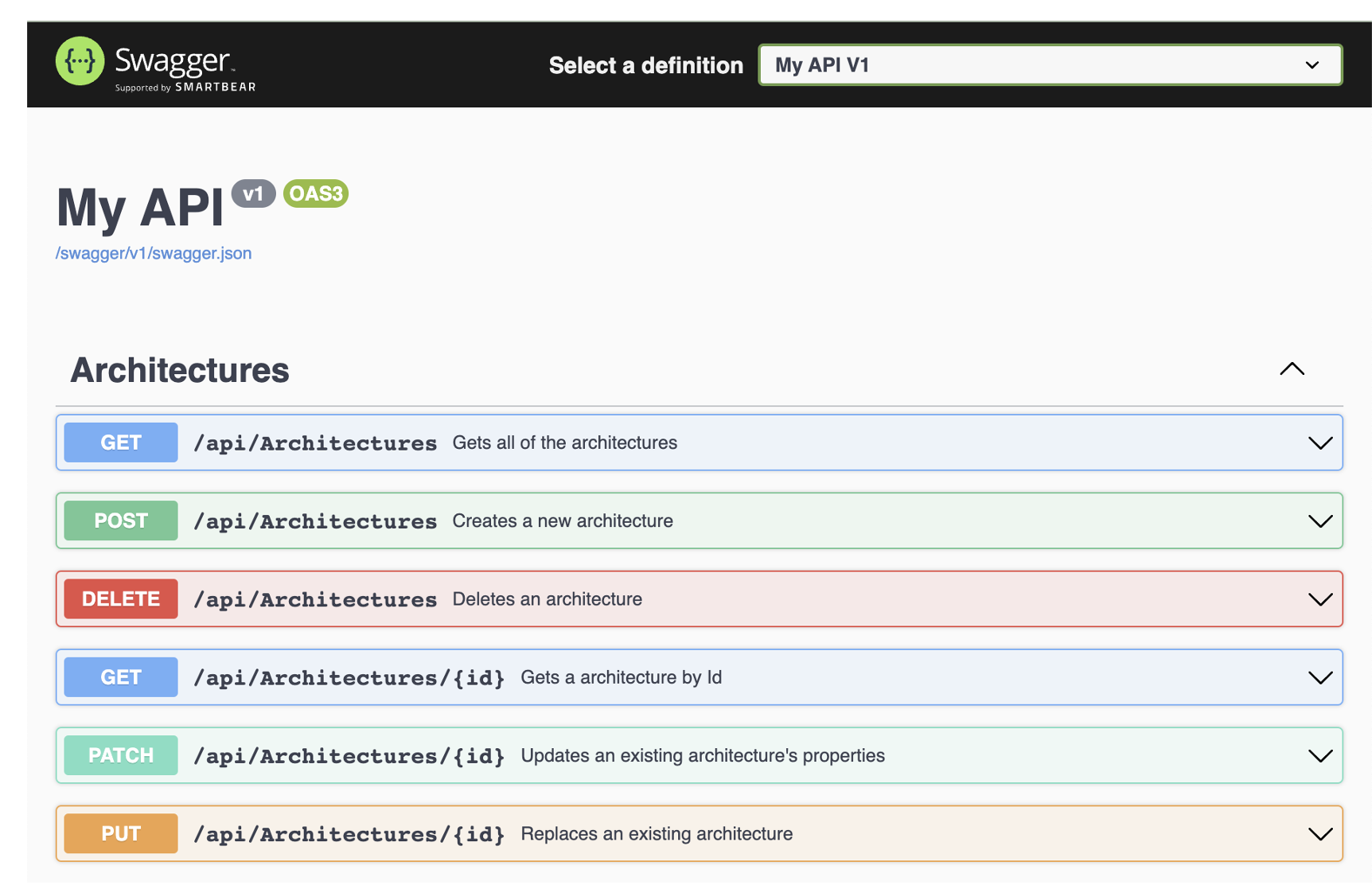A Practical Guide on How to Design a RESTful API for Your Front End by William Ramirez
EQengineered Author: William Ramirez, Senior Technical Consultant
____________________________________________________________________________________
When designing an API, a crucial aspect is its intuitiveness and user-friendliness. An intuitive API simplifies the task for the developers using it, enabling them to easily understand its structure and functionality. It also ensures smoother front-end development, making applications more efficient and user-friendly.
Naming and Organization of API Endpoints
Adhering to standard naming conventions is essential when designing your API endpoints. They serve as a universal language for developers, reducing confusion and enhancing code readability. A commonly used convention is to name the route after the table or entity being accessed, with the HTTP method indicating the action to be taken.
Here is an example:
API Documentation
Thorough API documentation is indispensable. It clarifies the purpose and usage of each endpoint, ensuring that the users know what to send in the request object and what to expect in the response object. A tool like Swagger can be immensely useful in creating comprehensive, interactive documentation, making the API much more accessible to developers.
Efficient Use of HTTP Methods and Endpoints
Designing an API is not about creating the most endpoints, but rather about creating the most efficient endpoints. It's better to design fewer, versatile endpoints that can handle multiple modifications.
For instance, using the PATCH method allows any model modifications to be included in one request, reducing the need for multiple specific endpoints like /Projects/ChangeName/.
Here is an example of what a Patch request would look like.
Understanding and Using HTTP Status Codes
Using conventional HTTP status codes in your API helps clients understand the outcome of their requests. Each status code has a specific meaning that informs the client if a request was successful and, if not, what went wrong.
You can find more information about HTTP status codes at https://learn.microsoft.com/en-us/troubleshoot/developer/webapps/iis/www-administration-management/http-status-code
Balancing Data Return Volume
One of the most important yet often overlooked aspects of API design is determining the appropriate amount of data to return in response to a request. Returning excessive data can slow down an application and burden the client with unnecessary processing. Conversely, returning insufficient data may require additional calls to the API, which is also inefficient. In order to overcome the data return challenge, you must consider how to provision data efficiently.
Efficient Data Provisioning
To maintain efficiency, only return the data necessary for the specific view or operation. For example, if the front end needs to reference a foreign object, in most cases, simply returning the foreign object's id is sufficient. This practice conserves bandwidth and makes your API more efficient.
Conclusion
Creating an efficient and effective API is a multi-faceted task. It requires attention to details like intuitive endpoint naming, thorough documentation, minimalistic endpoint design, proper use of HTTP status codes, balancing data return volume, efficient data provisioning, and avoiding multiple fetch calls.
As you continue your journey in API design, remember that practice and continuous learning are the keys to mastery.
Good luck!




